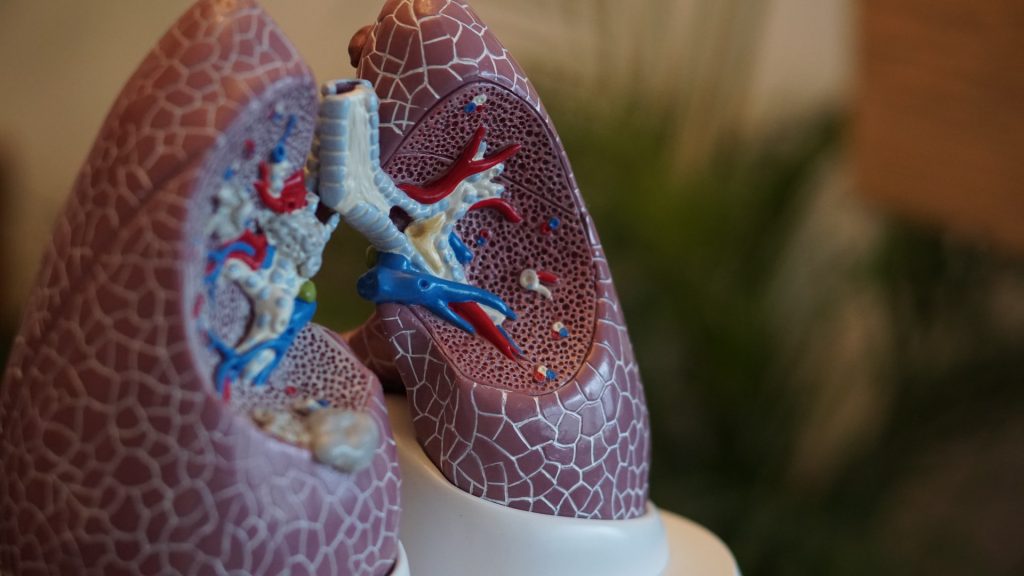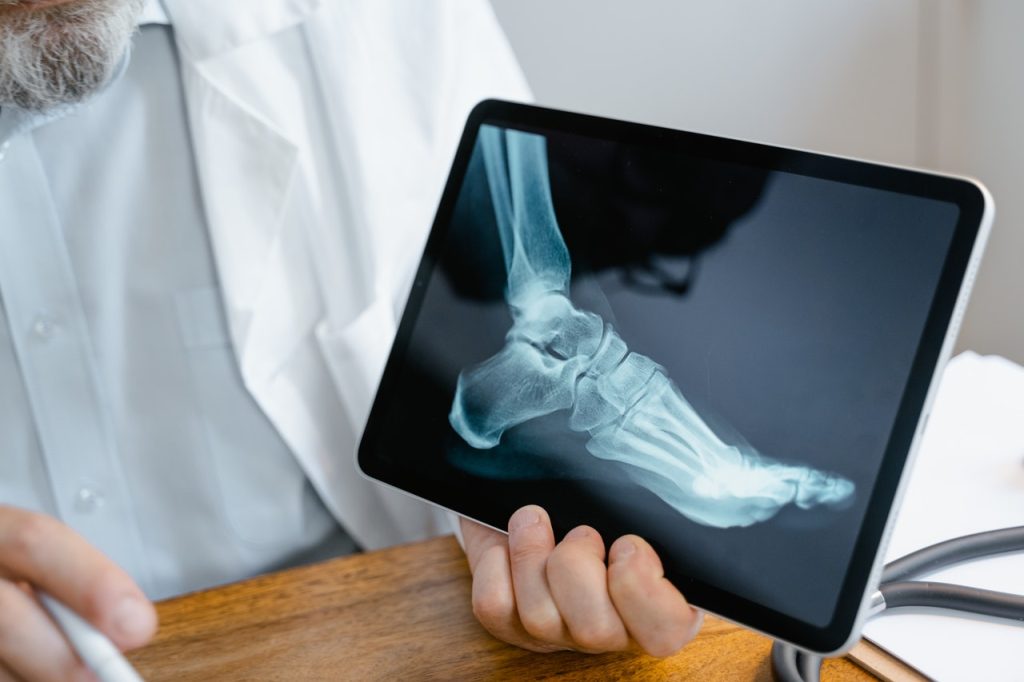Large Study Finds Antibiotics are Ineffective for Most Lower Respiratory Tract Infections

Use of antibiotics provided no measurable impact on the severity or duration of coughs, even if a bacterial infection was present, finds a large prospective study of people seeking care for lower-respiratory tract infections. The study by researchers at Georgetown University Medical Center and colleagues appeared in the Journal of General Internal Medicine.
“Upper-respiratory tract infections usually include the common cold, sore throat, sinus infections and ear infections and have well established ways to determine if antibiotics should be given,” says the study’s lead author, Dan Merenstein, MD, professor of family medicine. “Lower-respiratory tract infections tend to have the potential to be more dangerous, since about 3% to 5% of these patients have pneumonia. But not everyone has easy access at an initial visit to an X-ray, which may be the reason clinicians still give antibiotics without any other evidence of a bacterial infection. Plus, patients have come to expect antibiotics for a cough, even if it doesn’t help. Basic symptom-relieving medications plus time brings a resolution to most people’s infections.”
The antibiotics prescribed in this study for lower-tract infections were all appropriate, commonly used antibiotics to treat bacterial infections. But the researchers’ analysis showed that of the 29% of people given an antibiotic during their initial medical visit, there was no effect on the duration or overall severity of cough compared to those who didn’t receive an antibiotic.
“Physicians know, but probably overestimate, the percentage of lower-tract infections that are bacterial; they also likely overestimate their ability to distinguish viral from bacterial infections,” says Mark H. Ebell, MD, MS, a study author and professor in the College of Public Health at the University of Georgia. “In our analysis, 29% of people were prescribed an antibiotic, while only 7% were given an antiviral. But most patients do not need antivirals, as there exist only two respiratory viruses where we have medications to treat them: influenza and SARS-CoV-2. There are none for all of the other viruses.”
To determine if there was an actual bacterial or viral infection present, beyond the self-reported symptoms of a cough, the investigators confirmed the presence of pathogens with advanced lab tests to look for microbiologic results classified as only bacteria, only viruses, both virus and bacteria, or no organism detected. Very importantly, for those with a confirmed bacterial infection, the length of time until illness resolution was the same for those receiving an antibiotic versus those not receiving one –about 17 days.
Overuse of antibiotics can result in dizziness, nausea, diarrhoea and rash, along with about a 4% chance of serious adverse effects including anaphylaxis, which is a severe, life-threatening allergic reaction; Stevens-Johnson syndrome, a rare, serious disorder of the skin and mucous membranes; and Clostridioides difficile-associated diarrhoea. The World Health Organization considers antibiotic resistance to be a major an emerging threat.
“We know that cough can be an indicator of a serious problem. It is the most common illness-related reason for an ambulatory care visit, accounting for nearly 3 million outpatient visits and more than 4 million emergency department visits annually,” says Merenstein. “Serious cough symptoms and how to treat them properly needs to be studied more, perhaps in a randomized clinical trial, as this study was observational and there haven’t been any randomized trials looking at this issue since about 2012.”





